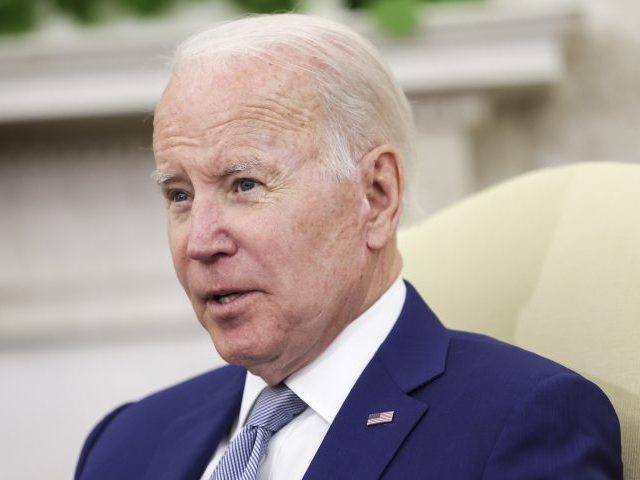The manufacturing sector saw its growth hampered by surging input prices and supply constraints, sending business confidence to the lowest since October 2020, a survey of business executives showed Wednesday.
The final May S&P Global manufacturing Purchasing Managers Index for May dropped half a percentage point to 57 from the midmonth read, missing expectations that it would hold steady. This was the lowest read since January. April’s final read was 59.2.
The results indicate that manufacturing output continued to expand in May but the rate of growth slowed to the softest pace since January. Surveys from Federal Reserve banks in New York, Philadelphia, Richmond, Kansas City, and Dallas have suggested a downturn or even outright contraction in manufacturing in the past month.
The rate of cost inflation accelerated to the fastest in six months, the S&P Global report said. Manufacturers have been passing on higher expenses to customers through a near-record rise in output charges.
“Higher operating expenses were commonly linked to hikes in metals, energy, fuel and transportation costs, with some firms mentioning that the
war in Ukraine and COVID-19 lockdowns in mainland China had exacerbated surging prices. The pace of cost inflation accelerated to the fastest since November 2021’s record rate,” the report said.
“A solid expansion of manufacturing output in May should help drive an increase in GDP during the second quarter, with production growth running well above the average seen over the past decade. However, the rate of growth has slowed as producers report ongoing issues with supply chain delays and labor shortages, as well as slower demand growth,” said Chris Williamson, chief business economist at S&P Global.
New orders were up sharply but the pace of growth slowed for the second consecutive month. Hiring accelerated as manufacturers tried to keep up with still rising demand, bringing backlogs down.
“Input cost pressures meanwhile intensified further during the month. Although delivery delays were the least widespread for 16 months, pricing power remained firmly in the hands of the supplier, with rising energy, wage and transportation costs adding to firms’ cost burdens. The result was the steepest rise in costs since November, feeding through to yet another near-record factory gate price increase and serving as a reminder that inflationary pressures remain worryingly elevated,” Williamson said.
Businesses remain upbeat in their year-ahead outlook but concerns that inflation will drag down customer spending dampened output expectations in May. The degree of optimism slipped to its lowest since October 2020.
“A cooling in new orders growth was in part linked to customers pushing back on high prices, though also reflected shortages and growing concern about the outlook,” William said.

COMMENTS
Please let us know if you're having issues with commenting.